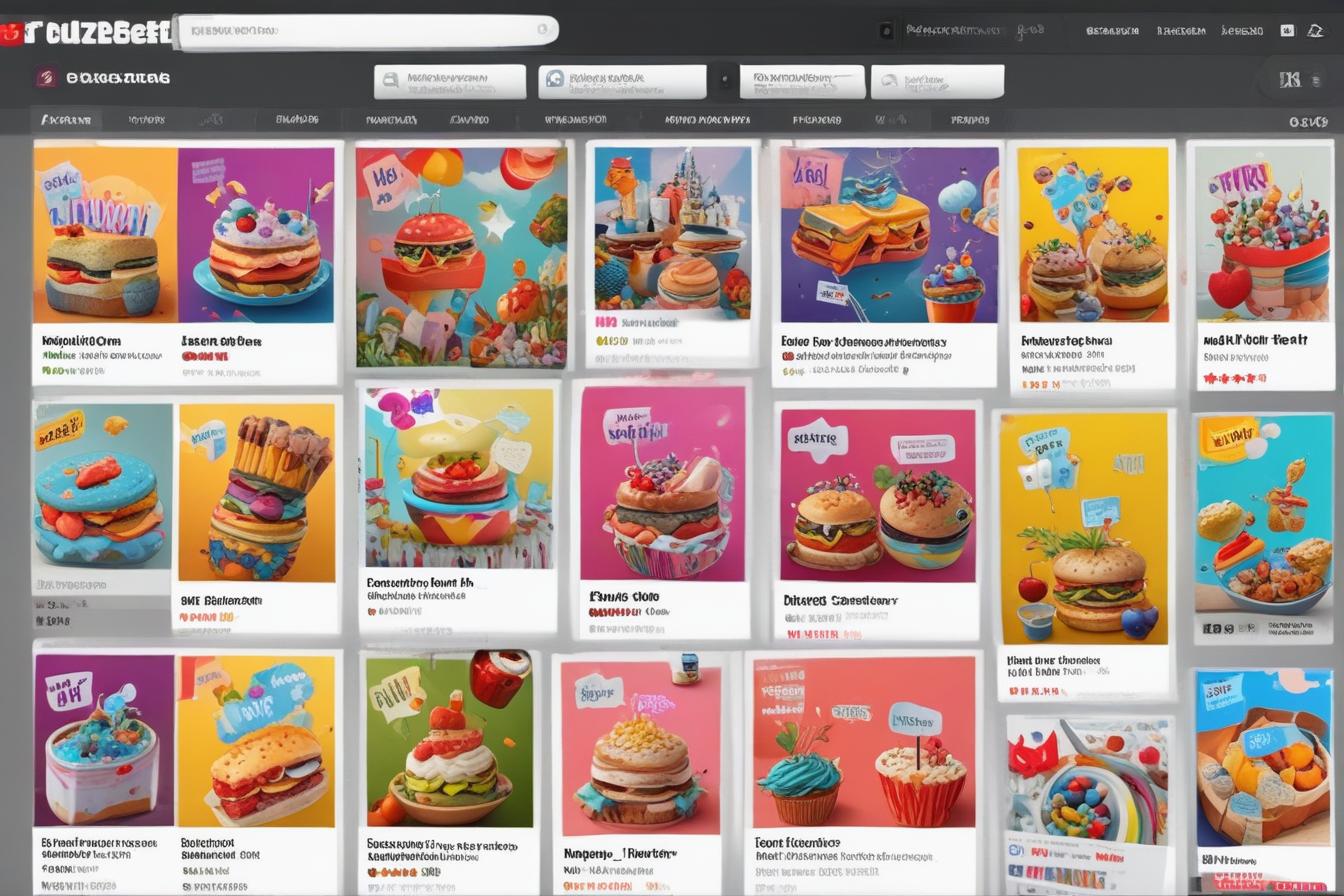What is Micro-Content SEO?
In today’s fast-paced digital landscape, attention spans are shorter than ever. Micro-content, also known as « snackable » or « bite-sized » content, has emerged as a powerful tool for capturing and retaining audience engagement. Micro-content SEO refers to the practice of optimizing these small, concise pieces of content for better search engine visibility and rankings.
Defining Micro-Content
Micro-content encompasses various types of short-form content, including:
- Social media posts
- Tweets
- Blog post summaries
- Infographics
- Memes
- Short videos
- Product descriptions
- Snippets of longer content
The key characteristic of micro-content is its brevity, typically ranging from a single sentence to a few paragraphs.
The Rise of Micro-Content
The rise of micro-content can be attributed to the way we consume information in the digital age. With an abundance of content available at our fingertips, our attention spans have become increasingly fragmented. Micro-content caters to this demand for quick, digestible information, making it easier for users to consume and engage with content on the go.
Benefits of Micro-Content for SEO
Incorporating micro-content into your overall SEO strategy can yield numerous benefits, including:
Improved User Experience
Micro-content provides a more user-friendly experience, especially on mobile devices, where users are more likely to consume small bites of information. By presenting information in a concise and scannable format, micro-content enhances readability and engagement.
Increased Dwell Time and Engagement
Well-crafted micro-content can capture users’ attention and encourage them to spend more time on your website or social media channels. This increased dwell time and engagement are positive signals for search engines, indicating that your content is valuable and relevant.
Better Content Visibility
Micro-content can be easily shared and consumed across various platforms, including social media, messaging apps, and email. This increased visibility can drive more traffic to your website and improve your overall search engine rankings.
Opportunities for Featured Snippets
Search engines often display micro-content in the form of featured snippets, which are prominent answer boxes at the top of the search results. By optimizing your micro-content for featured snippets, you can significantly increase your visibility and click-through rates.
Types of Micro-Content for SEO
There are various types of micro-content that can be leveraged for SEO purposes. Some popular examples include:
Social Media Posts
Social media platforms like Twitter, LinkedIn, and Facebook are prime channels for sharing micro-content. By creating engaging, shareable posts that include relevant keywords and hashtags, you can increase your brand’s visibility and drive traffic to your website.
Product Descriptions
Optimized product descriptions on your e-commerce website can significantly improve your search engine rankings for relevant keywords. Concise, keyword-rich descriptions that accurately convey product features and benefits can help users find your products more easily.

Blog Post Snippets
While long-form content is still valuable, micro-content in the form of blog post snippets or summaries can be an effective way to tease your content and entice users to read the full article. These snippets can be shared across various channels, increasing reach and driving traffic to your website.
Infographics and Memes
Visual micro-content, such as infographics and memes, can be highly shareable and engaging. By incorporating relevant keywords and descriptions, these types of micro-content can contribute to your overall SEO efforts while also building brand awareness and fostering a loyal following.
Micro-Content SEO Best Practices
To maximize the impact of your micro-content for SEO, it’s essential to follow best practices:
Keyword Optimization
Just like any other content, micro-content should be optimized with relevant keywords and phrases. However, it’s crucial to strike a balance between keyword density and natural language. Keyword stuffing can harm your rankings and turn off users.
Engaging and Shareable
Micro-content that resonates with your audience and encourages sharing is more likely to gain traction and improve your visibility. Focus on creating content that is informative, entertaining, or thought-provoking.
Consistent Branding and Voice
Maintaining a consistent brand voice and visual identity across all your micro-content can help establish brand recognition and reinforce your messaging.
Leverage Tools and Automation
To streamline the creation and optimization of micro-content at scale, consider leveraging AI-powered tools like ContentScale.fr. This online platform uses advanced AI algorithms to generate high-quality, SEO-optimized articles, saving you time and resources while ensuring consistent quality.

Measuring and Analyzing Micro-Content Performance
Monitoring and analyzing the performance of your micro-content is crucial for refining your strategy and making data-driven decisions. Here are some key metrics to track:
Engagement Metrics
- Likes, shares, comments
- Click-through rates
- Dwell time
Search Engine Rankings
Monitor your keyword rankings and visibility in search engine results pages (SERPs) to gauge the impact of your micro-content on your overall SEO efforts.
Traffic and Conversions
Analyze the traffic and conversions generated by your micro-content to understand its impact on your business goals.
Micro-Content SEO Tools and Resources
To effectively create, optimize, and distribute micro-content, consider leveraging the following tools and resources:
Content Creation and Optimization Tools
- ContentScale.fr
- Jasper AI
- Surfer SEO
- Semrush
Social Media Management Tools
- Hootsuite
- Buffer
- Sprout Social
Analytics and Reporting Tools
- Google Analytics
- Ahrefs
- Moz
Micro-Content SEO Case Studies and Examples
To illustrate the power of micro-content for SEO, let’s explore a few case studies and examples:
Case Study: Buzzfeed’s Micro-Content Strategy
Buzzfeed, a leading digital media company, has mastered the art of creating highly shareable micro-content. Their listicles, quizzes, and viral videos are optimized for social media and search engines, driving massive amounts of traffic and engagement.

Example: KFC’s Meme Marketing
KFC’s ingenious use of memes and Internet culture has propelled their brand into the spotlight. By creating and sharing humorous, relatable micro-content, they’ve captured the attention of younger audiences and generated significant social media buzz.

Case Study: HubSpot’s Micro-Content SEO Strategy
HubSpot, a leading inbound marketing and sales software company, has leveraged micro-content to improve their search engine visibility. By creating optimized blog post summaries, infographics, and social media posts, they’ve attracted more traffic and improved their rankings for relevant keywords.
Conclusion and Call-to-Action
Micro-content has emerged as a powerful tool in the digital marketing landscape, offering numerous benefits for SEO and audience engagement. By following best practices and leveraging the right tools and resources, you can create a successful micro-content strategy that boosts your search engine rankings, increases brand visibility, and drives more traffic and conversions.
To streamline your micro-content creation process and ensure consistent quality, consider using ContentScale.fr – an AI-powered platform that generates SEO-optimized articles at scale. With ContentScale.fr, you can save time and resources while staying ahead of your competitors.
Start optimizing your micro-content today and unlock the full potential of this powerful marketing tactic.
